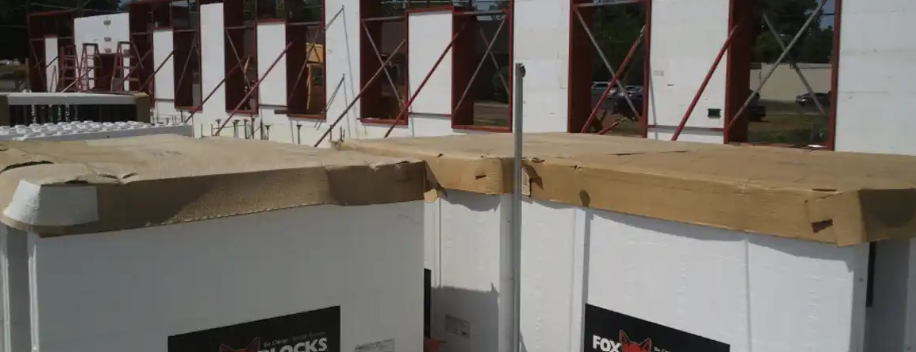
9 Tips for New Church Construction Projects
When a church’s membership outgrows its worship space, congregation leaders often struggle with the decision on whether to expand the current facility or build a new church. Regardless of the direction taken, detailed planning helps to establish goals, stay on budget, and ensure thorough and well-managed communication with the fellowship.

GRAND ODYSSEY THEATRE
The owners of the Grand Odyssey Theatre aimed to bring a modern theatre experience with state-of-the-art amenities to Watertown, South Dakota.

PADUCAH MIDDLE SCHOOL
This school has hundreds of complex shapes and sizes that were accommodated by Fox Blocks.

Metal Studs vs Wood Studs Price: Why ICF Provides a Better Long-Term Value

Are Poured Basement Walls Better than CMUs for Below-Grade Construction?

Design Considerations for Horse Barn Construction with Modern Materials

RED OAK ELEMENTARY
The vision of Red Oak Elementary is to be the model of academic excellence.

PHNX1/PALOS RESIDENCE
First Type II Non-Combustible, Net-Zero Home in the U.S. This home was designed, built and completed in less than 21 months with the same cost as a traditional build.

SOFIA COURT
The homeowners wanted to build a home that would be beautiful, functional, and sustainable. They brought in an ICF expert contractor who selected Fox Blocks as the ideal building material to accomplish the homeowners goals. This home was built directly into a natural rock ledge and features large covered porches and breezeways on the exterior and beautiful oak floors throughout the interior.